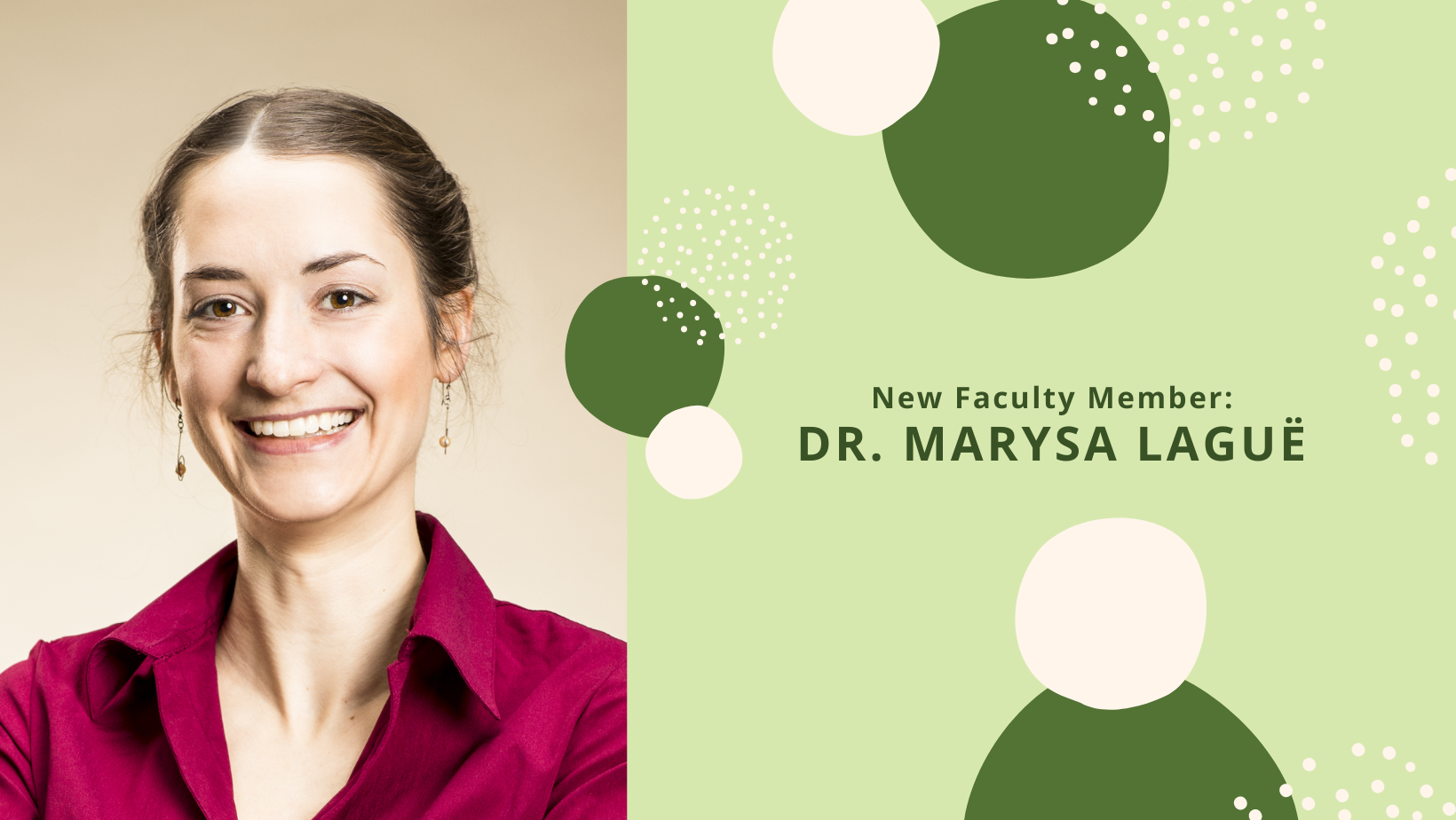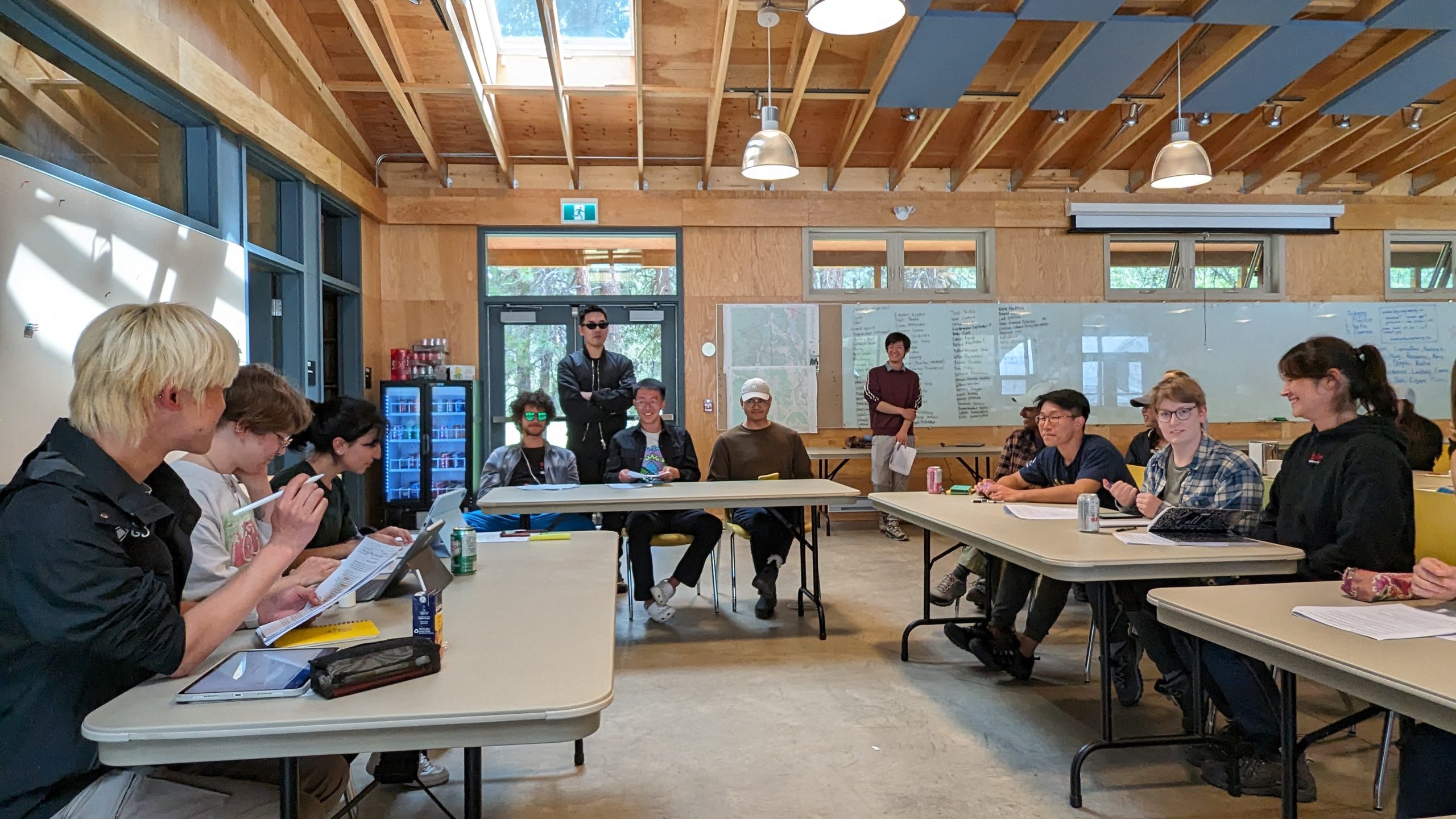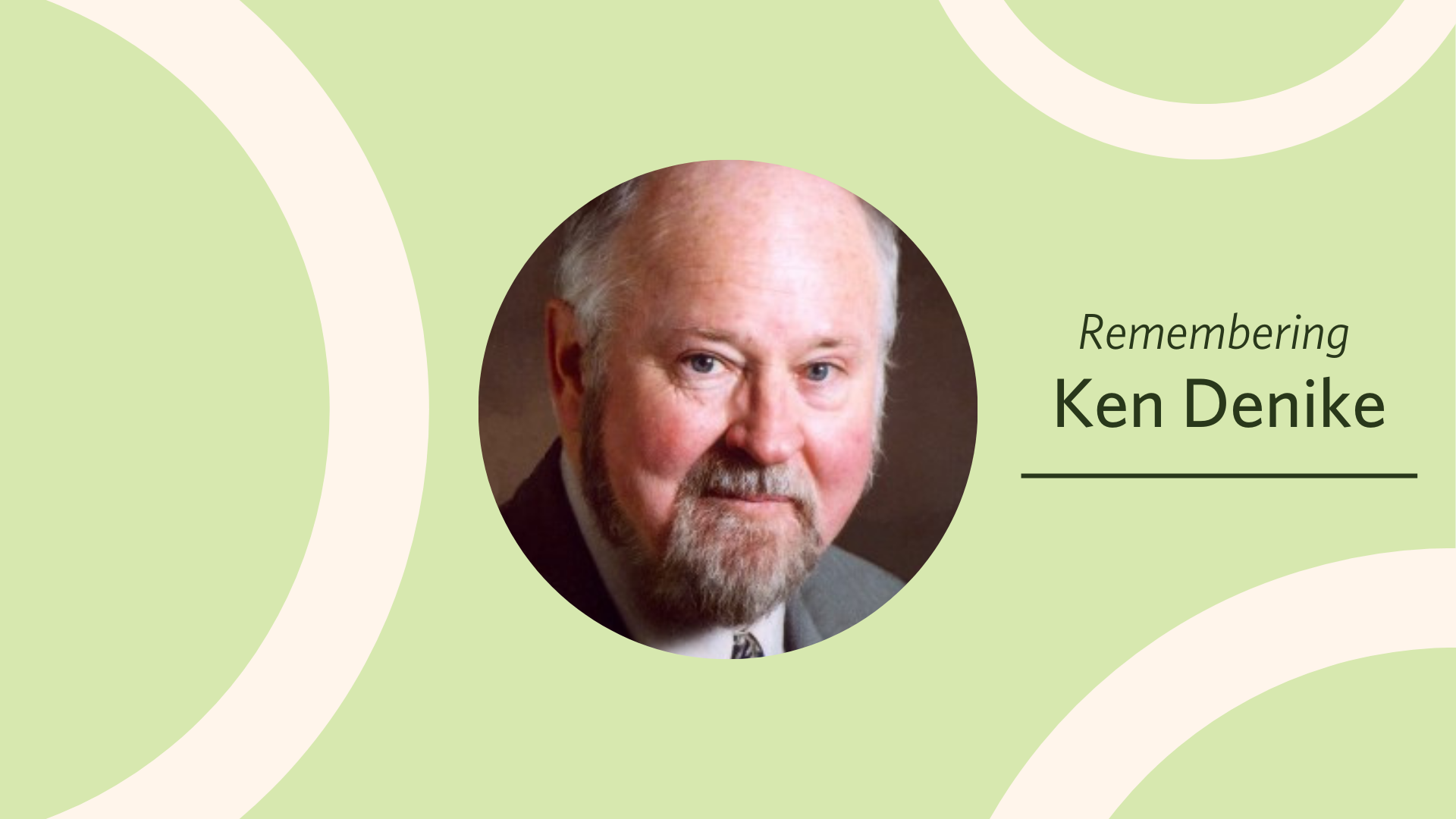

Courtesy of Salome Buglass
Sitting 1,600 miles west of Ecuador in the Pacific Ocean, the Galápagos Islands are practically synonymous with biodiversity. Much attention has been devoted to studying the remarkable ecosystems of the volcanic island chain, but in spite of this, they are still revealing new secrets.
PhD candidate and marine ecologist Salome Buglass has already uncovered several, including the surprising presence of two shark species that had never been seen around the islands before, and is continuing to study the Galápagos Marine Reserve in her doctoral research at UBC Geography.
“The Galápagos is this exceptional place, famous for having polar and tropical species in one place because of this crazy ocean current system that collides against its geological platforms,” she explains. “Which is why Galápagos has penguins, sea lions and cormorants, which you would usually never see in the tropics.”
After graduating from UBC Geography with her masters in 2015, Buglass went to work at the Charles Darwin Research Station on Santa Cruz island in the Galápagos for four years. There, she became part of the team leading the Seamounts Research Project. This involved sifting through countless hours of underwater video footage collected by giant robots that explored deep-sea habitats, and trying to identify unknown marine species that were found living there.
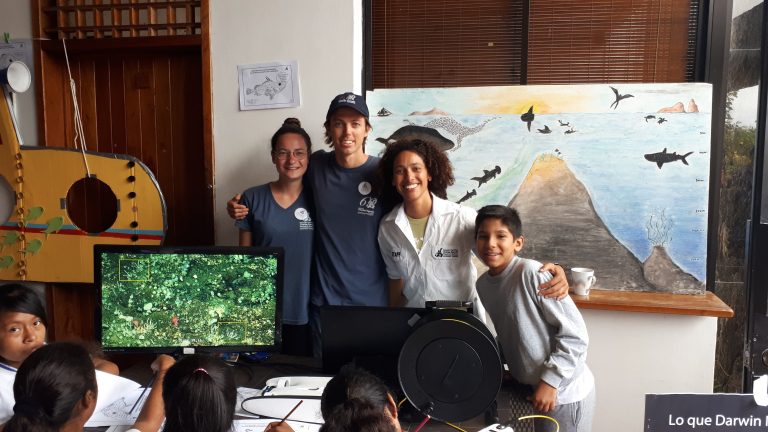

The Seamounts research team went into schools in the Galápagos to talk about their work (Photo credit: Charles Darwin Foundation)
“Doing video-based analysis is certainly a less popular choice among marine biologists than doing fieldwork that involves diving among coral reefs and sharks,” says Buglass. “But after a while, I really got into it. Most of the deep-sea is uncharted habitat, so this was a unique chance to truly do exploratory science. I also got to work with over 25 taxonomists to complete deep-sea species inventories and learn about the amazingly diverse life forms that exist in these deep dark spaces.”
Seamounts — volcanic edifices that rise from the ocean floor but don’t break the water’s surface — are particularly interesting environments to study because they often transition from light rich environments, where we expect to find life in abundance, to darker deep-sea environments, where the kind of life that does stick around gets… weird.
Buglass was particularly keen to focus on benthic — or bottom dwelling — communities, and how they change with depth. These mostly include invertebrates like corals, glass sponges, and sea cucumbers. “One of the really interesting things about the deep-sea is that unlike everything else up at the surface, sunlight and temperature do not determine the distribution of life. We found species in the Galápagos that have been found in the Antarctic.”
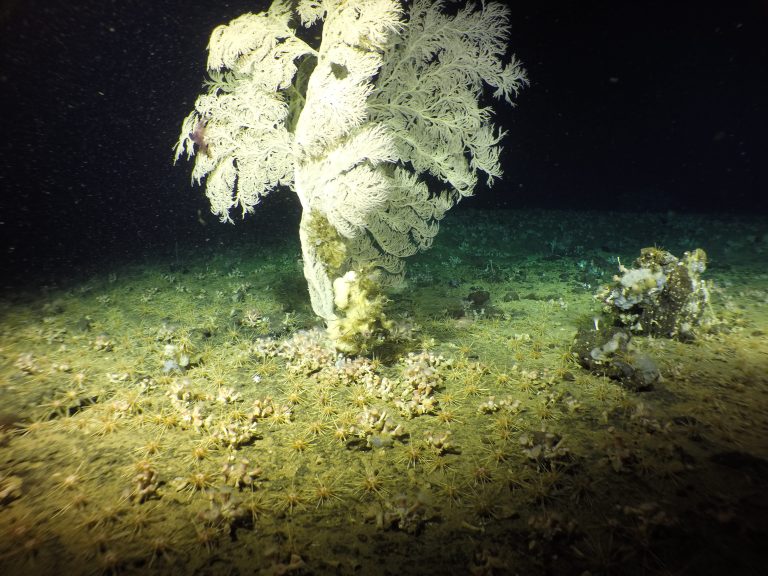

Deep-sea soft coral and sea urchin more than 300m deep. (Photo credit: Charles Darwin Foundation)
Beyond being a fascinating and fun area for biologists to explore, the deep sea is also vitally important in ways that we likely do not yet fully understand. Bacteria from hydrothermal vents were used to develop the COVID-19 tests we all rely on, and seafloor bacteria have also supplied potential cancer treatments. There may be even more advances in medicine awaiting us in the deep. It is such an important region, says Buglass, that pharmaceutical companies will sometimes fund deep sea research because of the high likelihood of valuable findings.
“Deep-sea habitats remain dangerously under-studied and under-explored given that it is technologically challenging and costly to reach these remote spaces,” says Buglass. “But these limitations are not stopping deep-sea mining companies, particularly Canadian ones, seeking to obtain permits to extract rare metals from deep seafloor habitats. It is paramount that we learn more about life in the deep-sea, and use such data to help protect and manage it from exploitation. These are not just dark, barren spaces that we can take resources from. These are rich ecosystems that are incredibly old and potentially fragile. Some of the corals are hundreds or thousands of years old. If you destroy it once, we will not see it again in a human lifetime.”
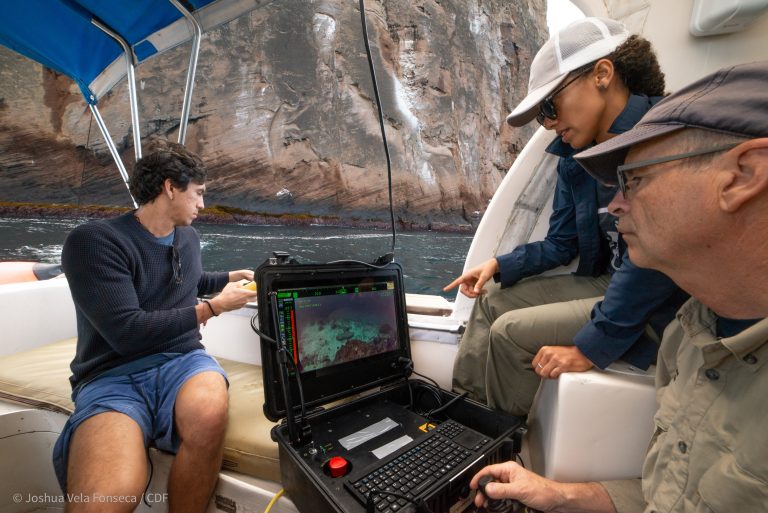

Piloting the ROV to survey shallow seamounts. (Photo credit: Charles Darwin Foundation/Joshua Vela Fonseca)
After becoming a National Geographic Explorer in 2018, Buglass had some grant funding to lead her own study. This would explore smaller seamounts, also called knolls, in the ‘twilight zone’ — where just enough light filters through to support photosynthesis. The cut off point for traditional scuba diving is about 40 metres, so to get below that Buglass worked with a company that owned remotely operated submersibles.
The answer to whether marine biologists can get seasick? Yes! Gravol and coffee are key, says Buglass. Long days of watching grainy submersible video while you’re also on a moving boat are a lot for the human brain to deal with!
On the final day of the study, the team stumbled across a kelp forest on one of the seamounts, between 50m and 70m beneath the surface. “I was shocked,” says Buglass. “Kelp is a cold water species that needs a lot of light, and normally lives very near the surface.” Yet here it was.
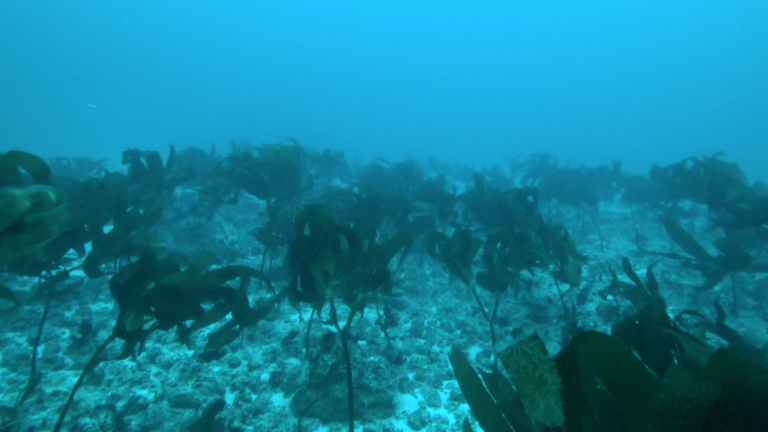

“Kelp is actually dark brown, but here in the Twilight Zone it looks really green. That’s because the only light that penetrates at this depth is blue light,” explains Buglass.
The Galápagos is home to one of the few known tropical kelp species, since the algae normally prefers colder waters than the tropics can offer. But the one Buglass found looked very different. “We don’t know yet if it’s a new species,” says Buglass. “It looks a lot like one that you find here in Canada, but like most things in the Galápagos, it might look a lot like something we know but have evolved into its own new species.” She is working with a geneticist to find out.
In the meantime, she wants to learn more about these deep-water kelps and seamount ecosystems.
“They don’t give you a PhD for discovering new species! I still have to do the rest of the work,” laughs Buglass. “I want to find out if kelp forests are hiding in deeper waters and may actually be a lot more common across Galápagos’ oceans, which may change the way we think about the marine ecosystems of this region.”
Like many students, Buglass’ 2020 field season was disrupted by the pandemic. But she’s hoping to get back to the Galápagos soon to collect more data on the kelp forest.
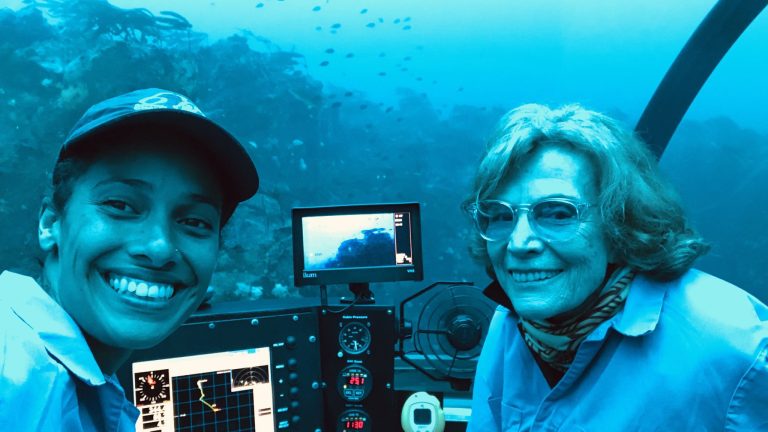

Buglass does all of her observations using remotely operated vehicles, but a visit from fellow National Geographic Explorer Sylvia Earle and her submersible offered a rare opportunity to see her study environment up close and in person.
2020 was also an exceptionally challenging year to be a Black woman in science. Buglass had already experienced her share of misogynoir throughout her career, yet as the rest of the world awoke to the Black Lives Matter movement, this brought a sudden increase in the attention she received as an Afro Latina scientist. These media ‘opportunities’ often came without adequate remuneration or real benefit to her.
“In the beginning it felt good to be recognized, but then it quickly turned into a tokenized celebration. I was happy to take certain opportunities, because I wanted other brown and Black girls to see that people like me exist. But it was very clear to me that this was being done as an afterthought, pushed by this movement.”
At the same time, a community began to coalesce on Twitter as BWEEMS – Black Women in Ecology, Evolution and Marine Science. “For now, I’ve got the support network I need,” says Buglass. “It is so important that these groups and safe spaces exist for women, within the scientific community. There is so much weight to the different things that many of these women have experienced.”
The community has been meeting on Zoom to give talks about their work, have pop quizzes and provide the vital ingredient that was missing in Buglass’ day to day life as a scientist until that moment — genuine peer support and understanding.
“The Black Lives Matter movement was so important for many minorities in science. For me, it gave me a vocabulary and vernacular for things I have experienced and felt, but didn’t always know how to express and speak about, which has been empowering. Finding and connecting with other people and communities who share similar experiences, but for a long time were afraid to make noise or be seen, has also been monumental. #BlackInTheIvory on Twitter is just one example. I do wish this movement happened earlier… the younger me would have benefited so much from it, but better late than never!”
